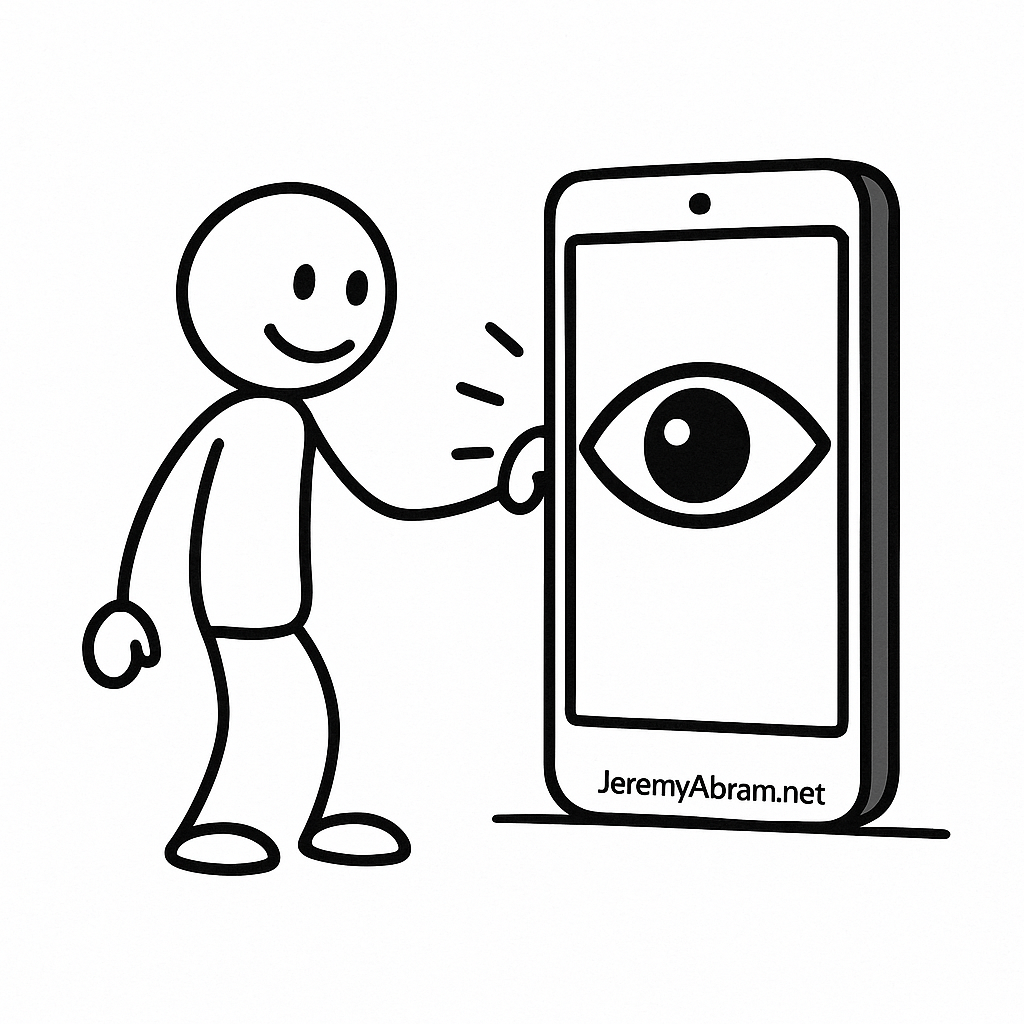
How modern technology studies the user more than the user studies the world
For centuries, humans built tools to better understand the world. Telescopes extended our sight. Maps extended our reach. Books extended our knowledge. Technology was a lens looking outward — a way to see more, learn more, be more.
Today, a profound inversion has occurred.
We hold devices that feel like windows to infinite information, yet behind those glowing panes, a second function quietly hums: our devices are studying us — often with more intensity, precision, and endurance than we study anything ourselves.
Modern technology is not just a tool.
It is an observer.
We are no longer only watching screens.
Screens are watching us.
From Instrument to Mirror
Your smartphone isn’t just a high-resolution slab of glass. It’s a personal sensor array recording:
- Where you go
- What you click
- Who you communicate with
- What you pause on when scrolling
- Your voice and tone
- Your biometrics (heart rate, steps, sleep, habits)
- Your intentions, inferred in micro-gestures and micro-delays
Modern devices build behavioral portraits far more granular than humans ever could. They learn when you’re restless. Predict when you’re lonely. Estimate your stress. Anticipate desire.
We once designed computers to interpret input.
Now they interpret us — continuously, invisibly.
The Age of Predictive Interaction
In earlier digital life, interaction was simple. You clicked; it responded. You searched; it delivered.
Today, your device often knows what you’ll search before you do.
Algorithms feed you content based on:
- Past behavior
- Similar users
- Real-time emotional cues
- Environmental context
- Time of day and psychological cycles
This predictive layer changes the nature of agency.
You think you are choosing — but your choices are curated by a machine trained to anticipate your thoughts.
We once navigated technology.
Now technology navigates us.
The Cost of Being Known
When your device watches you, it’s not passive curiosity — it’s extraction with purpose.
If a product is free, your data is the price.
Our likes become market fuel. Our habits become leverage. Our emotions become real-time bidding signals. The tech stack is a silent exchange market — not of currency, but identity.
Key realities:
- Attention is harvested
- Behavior is predicted
- Personality is modeled
- Mood is monitored
- Desire is monetized
We do not simply interact with devices —
we are interpreted by them.
The Illusion of Choice and Control
We like to believe we’re in control of what our devices know.
Settings, toggles, “privacy options.” A sense of agency.
But modern tracking is:
- Cross-platform
- Cross-device
- Cross-context
Even when you don’t touch your phone, it logs and learns:
- Proximity data from other devices
- Motion patterns
- Location pulses
- App background behavior
- Passive audio environment signatures
Consent has shifted from explicit to ambient.
You don’t click a “yes” — your life generates one continuously.
Self-Awareness vs. System Awareness
Humans are emotional, distracted, inconsistent, forgetful.
Machines are none of these things.
Your device tracks you with:
- Consistency
- Precision
- Memory that never fogs
Meanwhile, most users barely understand:
- Their own behavioral patterns
- Their emotional cycles
- How they’re influenced
- The architecture behind their apps
- What data is stored — and where
Our technology has become a mirror that sees clearer than we do.
It knows the shape of our impulses before we fully feel them.
When Technology Understands Us Better Than We Understand Ourselves
Psychologists once needed months or years to build a behavioral understanding of a person.
Your device can form one in days.
When machines hold that knowledge, they wield:
- The power to predict
- The power to persuade
- The power to shape behavior
We are experiencing the rise of algorithmic psychology —
not studying humanity from the outside, but from within the loop of daily life.
This is not science fiction.
This is the operating model of modern technology.
Reclaiming the Lens
The goal isn’t to fear technology. It’s to wake up to the trade.
Practical steps for digital sovereignty:
✔️ Learn how your data is collected
✔️ Understand algorithmic incentives
✔️ Disable unnecessary permissions
✔️ Diversify information sources
✔️ Practice intentional tech use
✔️ Reflect on your digital habits
✔️ Treat convenience as a trade, not a right
The question is not whether devices will watch.
The question is whether we will watch back.
Conclusion: The New Direction of Observation
Humanity once built tools to study nature, society, and the cosmos.
Today, our most powerful tools study us.
We are the subject.
We are the dataset.
We are the signal.
So as we swipe, tap, scroll, and speak into the glowing glass, we must remember:
The device doesn’t just show you the world.
It learns who you are becoming — and helps shape who that will be.
Look not just at your screen —
look into the gaze behind it.
Leave a Reply